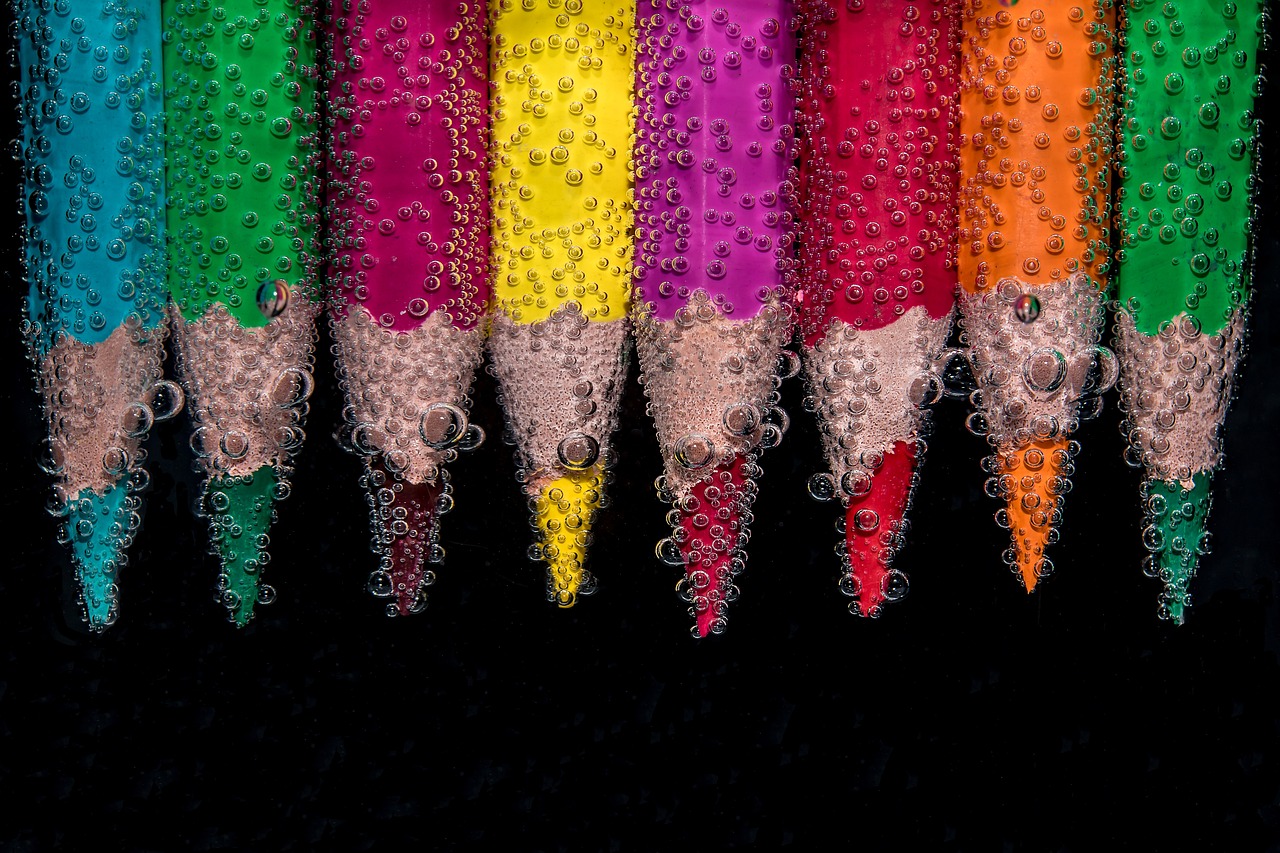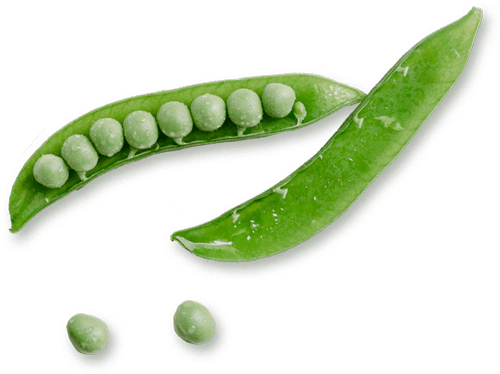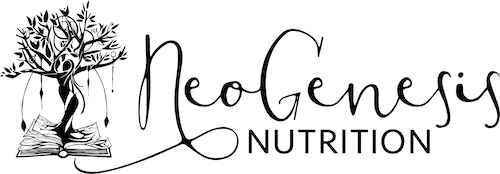Artificial food dyes are widely used to make processed foods more appealing, but growing evidence suggests that they may pose serious health risks. Studies have linked synthetic dyes like Red 40, Yellow 5, and Blue 1 to an increased risk of cancer, tumors, and behavioral issues such as hyperactivity in children. These dyes, derived from petroleum, have been scrutinized for their potential to cause cellular damage and disrupt normal biological processes.

Health Risks Associated with Artificial Food Dyes
-
Cancer and Tumors: Research has shown that some food dyes may be carcinogenic. For instance, Red 40 and Yellow 5 have been found to contain benzidine, a chemical known to cause cancer in humans. These dyes have been associated with the development of tumors in animal studies, raising concerns about their long-term effects on human health.
-
Hyperactivity: Several studies, including those reviewed by the European Food Safety Authority (EFSA), have linked artificial food dyes to increased hyperactivity and attention issues in children. This has led to stricter regulations on food dyes in Europe, where certain products must carry warning labels if they contain these chemicals.

Natural Alternatives to Food Dyes
Fortunately, there are numerous natural alternatives to synthetic food dyes that can be used to color food safely. These natural options not only reduce the risk of adverse health effects but also often provide additional nutritional benefits.
- Beet Juice (Red/Pink): Beet juice is a vibrant, natural colorant that can be used to achieve red or pink hues in food. It is rich in antioxidants and nutrients like folate, making it a healthier option than synthetic red dyes.
- Turmeric (Yellow): Turmeric powder, known for its anti-inflammatory properties, can be used to give foods a bright yellow color. It’s an excellent substitute for Yellow 5 and adds a subtle, earthy flavor.
- Spirulina (Blue/Green): Derived from blue-green algae, spirulina offers a safe and nutrient-dense alternative to Blue 1. It is packed with protein, vitamins, and minerals, making it a popular choice for health-conscious consumers.
- Paprika (Orange): Paprika, made from dried and ground bell peppers, provides a natural orange color. It’s rich in antioxidants and can be used in a variety of dishes, from savory to sweet.
- Purple Sweet Potato (Purple): Purple sweet potatoes can be used to create a deep purple dye. This natural colorant is not only safe but also adds a dose of fiber and vitamins to foods.


As awareness of the health risks associated with artificial food dyes grows, many consumers are turning to natural alternatives that are safer and often more nutritious. By choosing natural colorants like beet juice, turmeric, and spirulina, you can enjoy colorful, appealing foods without the added risks of synthetic chemicals. Embracing these alternatives is a step toward better health and a more natural approach to food preparation.

Kobylewski, S., & Jacobson, M. F. (2012). Toxicology of food dyes. International journal of occupational and environmental health, 18(3), 220-246.
McCann, D., Barrett, A., Cooper, A., Crumpler, D., Dalen, L., Grimshaw, K., … & Stevenson, J. (2007). Food additives and hyperactive behaviour in 3-year-old and 8/9-year-old children in the community: a randomised, double-blinded, placebo-controlled trial. The lancet, 370(9598), 1560-1567.
Nigg, J. T., Lewis, K., Edinger, T., & Falk, M. (2012). Meta-analysis of attention-deficit/hyperactivity disorder or attention-deficit/hyperactivity disorder symptoms, restriction diet, and synthetic food color additives. Journal of the American Academy of Child & Adolescent Psychiatry, 51(1), 86-97.
Rambler, R. M., Rinehart, E., Boehmler, W., Gait, P., Moore, J., Schlenker, M., & Kashyap, R. (2022). A review of the Association of Blue Food Coloring with attention deficit hyperactivity disorder symptoms in children. Cureus, 14(9).

Schedule a Call

To Find Out if You’re Being Affected by Food Dyes

Let’s Heal Together!


Phone
253.507.5775
Admin@NeoGenesisNutrition.com
Address
2607 Bridgeport Way W Ste. 2M University Place, WA 98466
Disclaimer: The content of this blog is for informational purposes only and should not be considered medical advice. Always consult with a qualified healthcare professional before making any changes to your diet, lifestyle, or treatment plan.


